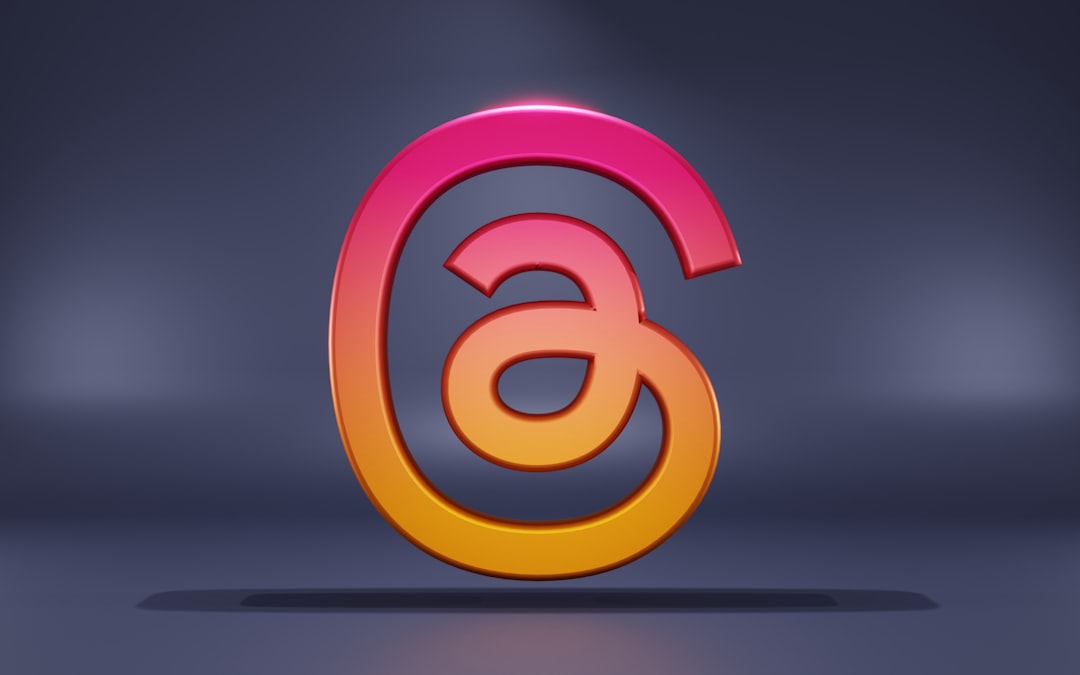When you reach out to a potential client, customer, or partner, your business email address is often the first impression you make. Unlike personal email services like Gmail or Yahoo, a professional business email address adds a layer of credibility and legitimacy to your communication that can directly influence whether recipients take your message seriously. In today’s digital world, trust is currency, and setting up a polished, business-focused email can go a long way in building that trust.
This guide will walk you through how to set up a professional business email address that strengthens your brand and increases the likelihood of positive responses from your business contacts.
Why It Matters
Think about receiving two cold emails:
- One from johnmarketing123@gmail.com
- Another from john@webwiredmarketing.com
Most people would instinctively trust the second one more. That’s because domain-based email addresses often indicate a legitimate business presence and professionalism. In a world rife with spam and phishing scams, recipients are more likely to open, read, and reply to messages from a branded email account.
Step 1: Choose the Right Domain Name
If you haven’t already, the first step in creating a professional business email is to register a domain name. Ideally, this should match or closely resemble your business name. For example, if your business is called “BrightSpace Agency,” then a domain like brightspaceagency.com would make sense.
Here are some tips for choosing the perfect domain for your email address:
- Keep it short and simple: Avoid long names or odd spellings that are easy to mistype or forget.
- Use a .com if possible: It’s the most recognized and trusted domain extension.
- Reflect your brand: Your domain should be an extension of your identity and resonate with what your business represents.
Step 2: Select a Business Email Hosting Provider
Once your domain is set, you’ll need an email hosting solution to actually create and manage emails. You have several great options to choose from:
- Google Workspace (formerly G Suite): A trusted platform offering Gmail-level functionality under your own domain name.
- Microsoft 365: A solid choice for businesses already integrated into Office tools like Outlook and Word.
- Zoho Mail: Ideal for startups and small teams looking for a budget-friendly, ad-free and domain-specific email platform.
Your email hosting provider is crucial because it not only affects functionality but also your security, uptime, and support availability.

Step 3: Create Your Email Addresses
After configuring the domain with your chosen host, it’s time to create your actual email addresses. Make sure they follow a format that is simple and professional. Some commonly used formats include:
- firstname@yourdomain.com
- firstname.lastname@yourdomain.com
- info@yourdomain.com – for general inquiries
- support@yourdomain.com – for customer support
It’s a good idea to avoid using nicknames or personal numbers (like john1985@yourdomain.com) unless necessary. Standardized formats make your company appear more organized and professional.
Step 4: Set Up Email Forwarding and Catch-All Addresses
To ensure you never miss an important email, consider configuring forwarding settings and a catch-all address. A catch-all address will receive any email sent to your domain—even if the specific address doesn’t exist. This can be incredibly useful to monitor incoming messages and prevent missed opportunities.
For example, if someone sends an email to help@yourdomain.com and that specific account isn’t set up, your catch-all will still receive it. Just be careful—too many spam messages can also flow through this if it isn’t monitored or filtered correctly.
Step 5: Add a Professional Email Signature
An effective business email address isn’t just about the address itself; it’s also about what’s included in each message. This is where a professional email signature boosts credibility and communication.
Your signature should include:
- Your full name
- Your title or role
- Your company name and logo
- Your contact information (phone number, website, and any relevant social profiles)
- A legal disclaimer or confidentiality note if required
Design your signature to be visually clean and mobile-responsive. Avoid embedding large images that might not load or clutter smaller screens.

Step 6: Configure Email Clients and Devices
Now that your email address is set up, access it seamlessly across all devices to ensure consistent communication. You can either use the web interface from your host (e.g., Gmail or Outlook) or configure it into popular email clients such as:
- Microsoft Outlook
- Apple Mail
- Mozilla Thunderbird
To do this, you’ll usually need your host’s IMAP/SMTP settings, which are typically provided during your account setup. Make sure emails sync across devices to avoid missed messages and to facilitate easier tracking and response management.
Step 7: Implement Security Measures
Email is a primary channel for sensitive information, so protecting it is crucial. Here are steps you should take immediately:
- Enable two-factor authentication (2FA): Add an extra layer of protection to your accounts by requiring a second login factor beyond just a password.
- Use strong, unique passwords: Avoid reusing passwords and consider a password manager to keep things safe.
- Regularly review access permissions: If employees leave the company, be sure to disable or transfer their email accounts.
Many email hosting providers offer built-in security tools that monitor spam, phishing attempts, and unusual login activity—don’t overlook them.
Step 8: Stay Consistent With Brand Identity
Make sure that everyone in your team follows the same email structure and tone. If your employees use different formats (such as john.d@yourdomain.com and jd@yourdomain.com), it not only looks unprofessional but can also confuse clients.
Set company-wide standards for:
- Email address formatting
- Email signatures and branding
- Email reply etiquette and tone of voice
When consistency is maintained across every inbox, it reinforces your brand’s identity and reinforces trust with recipients.
Bonus Tip: Use Branded Aliases and Delegation
Depending on your scope or business size, a single person may be handling multiple roles. Instead of juggling several inboxes, consider using aliases. For example:
- Use support@yourdomain.com as an alias for samantha@yourdomain.com
- Use sales@yourdomain.com to route to multiple team members
You can usually set up email delegation features so others can respond on your behalf while still maintaining a unified brand appearance.
Final Thoughts
Creating a professional business email address is more than just a technical requirement—it’s a foundational step for shaping your brand image and building trust with every outsider interaction. With the right domain, hosting, name format, and branding conventions, your business will not only look more respectable but also operate more effectively.
Take the time to build it correctly from the start. The trust you gain can lead to more open emails, more opportunities, and more business success down the line.


